Fukushima Citizens Remain Highly Exposed to Radiations

Greenpeace International Executive Director Dr Kumi Naidoo unveiled a sample of contaminated soil from a Fukushima playground at a Tokyo press conference, criticising the Japanese government’s response to the Fukushima Daiichi nuclear crisis, and its ongoing failure to protect the health and welfare of its people.
Coastal States Discuss U.S. Tsunami Capabilities, Local Preparedness Needs

The tsunami threat is often overlooked in the Atlantic basin, including the Gulf of Mexico and Caribbean Sea, because catastrophic events in that region have been rare. However, in January 2010, an earthquake off the coast of Haiti generated a 10-foot high tsunami, and nearly 2,000 people were killed in 1946 when a tsunami struck the Dominican Republic.
Japan Underestimated Tsunami Hazard For Nuclear Sites, UN Experts Find
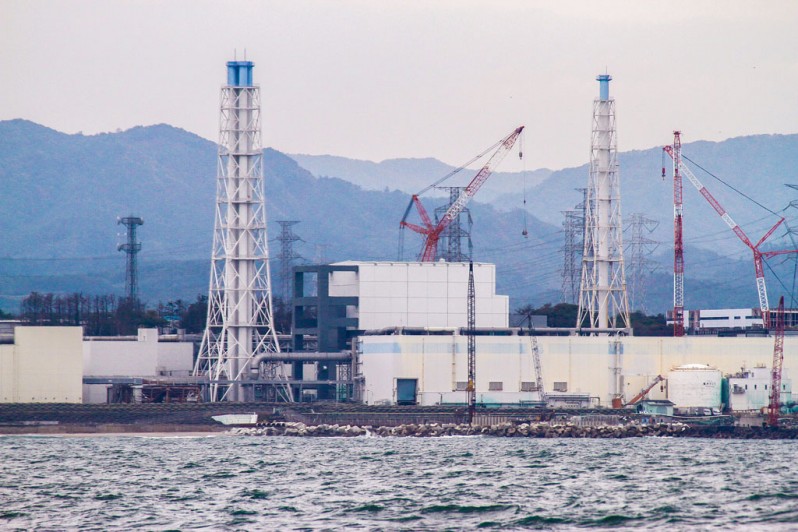
Experts from the United Nations atomic energy agency said that Japan had underestimated potential tsunami hazards to its nuclear power plants before the March earthquake and tsunami that damaged the Fukushima Daiichi facility.
Tepco Confirmed Meltdowns at 2 more Fukushima Reactors
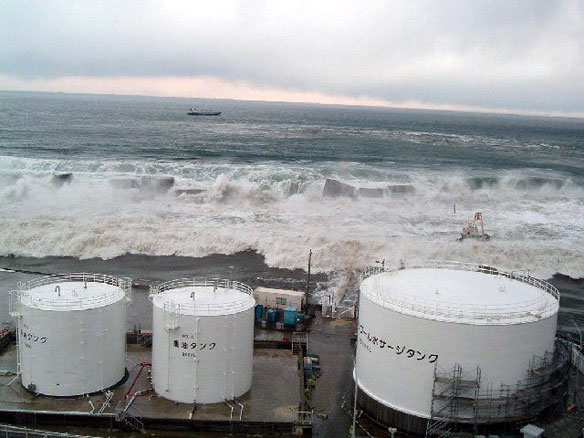
The moves came as a team of investigators from the International Atomic Energy Agency began a two-week visit to Japan to prepare a report on the accident to be submitted to the United Nations agency in June. Some analysts said the delay in confirming the meltdowns at Fukushima suggested the utility feared touching off a panic by disclosing the severity of the accident earlier.
Japan Earthquake Could Raise Concerns Elsewhere

Scientists sifting through data from the great Japan earthquake in March are uncovering surprises that may raise concerns nearby. This earthquake shifted seafloor by 79 feet: the largest slip ever recorded.
The Cherry Blossoms will Soon Be Blooming: Japan’s Recovery Efforts in the Wake of the 2011 Tsunami, by Mark Edward Harris
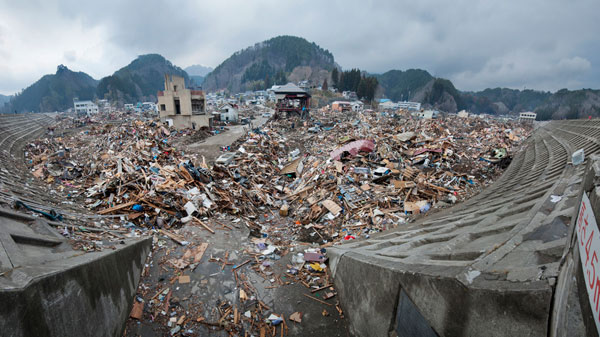
Japan was rocked by the strongest earthquake in its recorded history on the afternoon of March 11, 2011. Yet it was the ensuing tsunami that brought the most devastation. A poignant testimony, written and photographed by Mark Edward Harris.
Quake shifted Japan; towns now flood at high tide
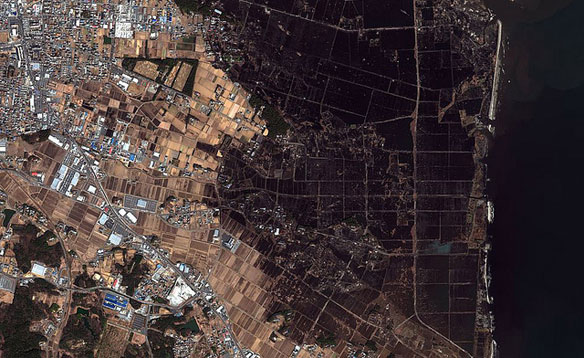
The March 11 earthquake that hit eastern Japan was so powerful it pulled the entire country out and down into the sea. The mostly devastated coastal communities now face regular flooding, because of their lower elevation and damage to sea walls from the massive tsunamis triggered by the quake. Scientists say the new conditions are permanent.
Fukushima Parents Protest Over New Permissible Radiation Levels

Japanese children can now be exposed to 20 times more radiation than was previously permissible. The new regulations and new standard of 20 millisieverts a year, equivalent to the annual maximum dose for German nuclear workers, have prompted outcry.
Japan’s irradiated waters: How worried should we be?
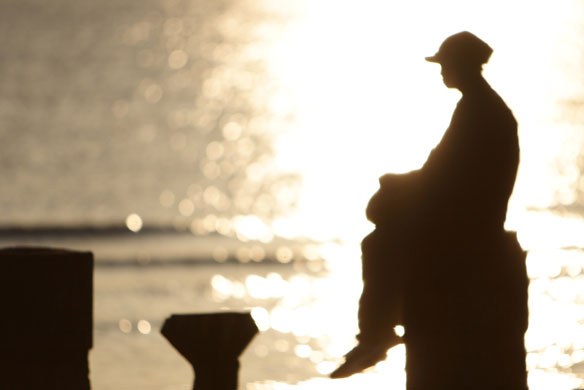
For the oceans, this is the largest accidental release of radiation we have ever seen.
